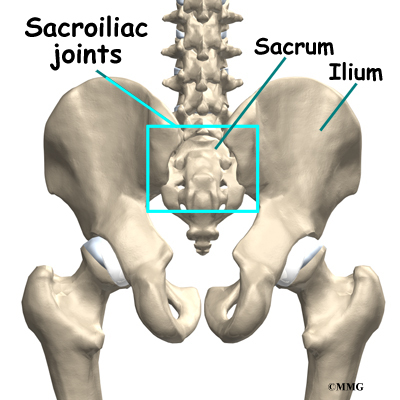Yeah but most pros are adding some amount of spin to the ball, if I do my same motion with top spin or slice added then it drops from that speed to like 85ish. Also, I'm well aware that my motion isn't all that good in terms of recruiting extra power from my legs/rotation, I need suggestions on which things to work on first. Do you work from the ground up or wrist down when fixing the kinetic chain? Also, outside of the power arena in general, I want tips to make my serve consistent. My first serve percentage goes way down as I get tired later in matches, I'm 100% sure I'm using too much arm/shoulder muscle to make that speed happen unnaturally.
You ask good questions. I'll give you my input on what to do, but, no time for the why's tonight. If you do these things, all of your body parts will do what they need to do without you having to think about them.
1. I recommend a Continental, or Eastern backhand grip.
2. Your tossing motion should be perpendicular to the target line to promote getting your back turned toward the target.
3. When your toss is at its peak, slide your left hip toward the right side net post which will promote the tilting back of your spine.
4. At the peak of your toss, your left shoulder should be as high above your right shoulder as possible, and your opponent should be able to read your name if it were written across your back like a jersey. See the pic of Sampras below.
5. From this turned and tilted position, rotate your right shoulder up to the ball dragging your arm and racquet through contact so that the shoulders reverse positions with your right shoulder being above your left shoulder. The upper body rotates like a cylinder that is tilted back.
6. Keep your arm and grip loose and relaxed through contact. Think of the swing as a throw. You are throwing the racquet at the ball.
7. I also recommend separating the timing of the toss and the throw of the racquet e.g. Sampras. See second pic below.
If you can achieve something close to this set up position in the first pic, the serve is almost self executing from there.
The pic of Sampras below illustrates what I mean by separating the timing of the toss and throw of the racquet. You toss, and then you throw.











